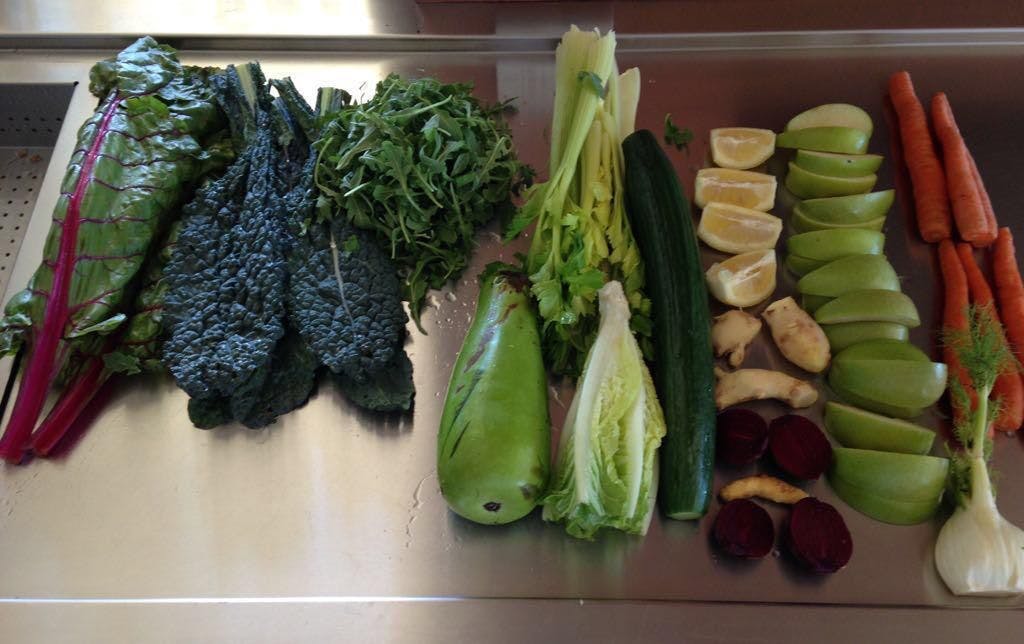Share
Explore

1.1 Chronic vs Other Diseases
1.2 What is a PBWF Diet?
1.3 Whole vs Processed
1.4 Many Reasons for PBWF
1.5 One Diet for All Ills
1.6 Changes: Big & Small
1.7 Anecdotal Evidence
1.8 Conflicting Views
1.9 Doctors lack nutrition training
1.10 Reducing medications
1.11 Playing with a partial deck
2.1 Food
2.3 Protein Myth
2.4 Healthy vs Unhealthy
2.5 Everything in Moderation
2.6 Better Safe Than Sorry



Diet & Lifestyle Guidelines
No Animal Food?
Milk & Dairy Products
Videos on Dairy Products
How Do I Get Calcium?
Clear sample data
Videos on how to get Calcium
Typical Indian Meal Plan

Fiber as Nutrient

Green Juicing

Juicer Videos
Organic vs Non-organic
Organic foods
Stomach Issues on PBWF
My Oatmeal Recipe
Documentaries
Synopsis of Week-1
Nutrients We Need
Protein Fat & Carbs - What and How much ?
Fat Yes but no Oils
Why is Oil Bad?
Anti-Oxidants - Why Do We Need Herbs & Spices
On Antioxidants
Prebiotics & Probiotics

Videos on Pre and Probiotics
Food Supplements
Videos on Supplements
Vitamin B12
What About Eggs?
Videos on Eggs
Acidic vs Alkaline
How much Water?
Fresh vs. Frozen
Videos on Fresh vs. Frozen
Raw vs. Cooked
Best way to cook
Videos on best way to cook
Choice of Cookware
Fresh vs. Leftovers
Gluten is it unhealthy?
Soya or Not
How much Salt?
White Rice vs Other
Synopsis week 2
Detoxification
Major Sources of Toxins
Gras & Crisco
Want to print your doc?
This is not the way.
This is not the way.

Try clicking the ⋯ next to your doc name or using a keyboard shortcut (
CtrlP
) instead.